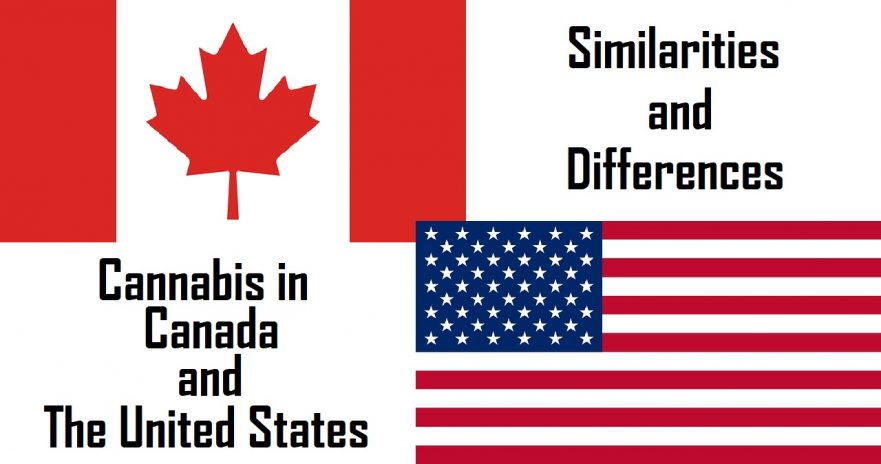Despite state-by-state legalization, Canada remains one of the most common cannabis tourist destinations for many Americans. Cannabis was legalized in October 2018 with the federal Cannabis Act, and the country currently allows up to 30 grams of cannabis flower per adult and 4 homegrown plants per household. Implementing this policy took about 3 years and brought tremendous change to the entire country and its society.
In the United States, recreational and/or medical cannabis has been legalized in over 33 states, but consumption and possession are still considered illegal under federal law. Nevertheless, more and more states are embracing the legalization of cannabis. Despite possible federal consequences, most Americans support the legalization of cannabis and see it as a benefit to public health and state finances.
Canada’s recent legislation initiated many changes, and those convicted of cannabis possession before its passage were able to obtain pardons. Although the illegal cannabis market still exists, illegal purchases have declined despite significantly reduced prices. Even illicit cannabis shops and dispensaries have become eager to receive a license and continue business legally. Securing cannabis from a licensed dispensary allows purchasers to ensure their cannabis is clean, safe, and free from additives. Following similar safety guidelines, federally-operated or private cannabis retailers in Canada are not much different from state-licensed dispensaries in the United States.
Canada consists of 10 provinces and 3 territories. By law, each province is responsible for distributing and selling cannabis within the country’s given legislation. What is not permissible or available in one province can be found online or in a neighboring province. For example, in Canada each province has the ability to ban recreational cannabis retailers. Even if recreational cannabis sales are banned, online purchasing on government-run sites would still be available. In the United States, the legalization process for any state requires overcoming many legal hurdles, and online purchasing just started to bloom in early 2020.
Many of the provinces and territories in Canada sell cannabis in private retailers, like Saskatchewan, whereas other provinces dispense from government-operated stores, like British Columbia or Quebec. Some provinces, like Ontario, even permit both private and government-operated dispensaries. In the United States, cannabis businesses and the products they sell are diverse as well. Although edible and cannabis-infused products have been available in different states for years, in Canada these were not permitted until December 2019.
The greatest challenge to Canadian cannabis has been keeping up with the increasing demand. Since cannabis use was legalized, product demand has increased at rates that producers, processors, and cultivators have struggled to match. The United States faced a similar situation at the beginning of the COVID-19 pandemic as dispensaries struggled to keep products in stock. One of the most obvious differences between the United States and Canada lies in cannabis taxation, with taxes much higher in the United States compared to Canada. Another difference is public consumption. Publicly smoking cannabis is tolerated in many areas in Canada, unlike the United States which still considers cannabis illegal under federal law.
Although there are many differences, there are also many similarities in the ways that cannabis businesses are operated. While Canada offers more accessibility and consistency than the state-by-state legalization in the United States, it is possible that the United States could join Canada in federally legalizing cannabis. Although the future of cannabis is unclear, the 2020 United States presidential elections could issue in this change. But for now, Canada is just across the border for those seeking a federally-operated cannabis program or a cannabis tourist destination.

